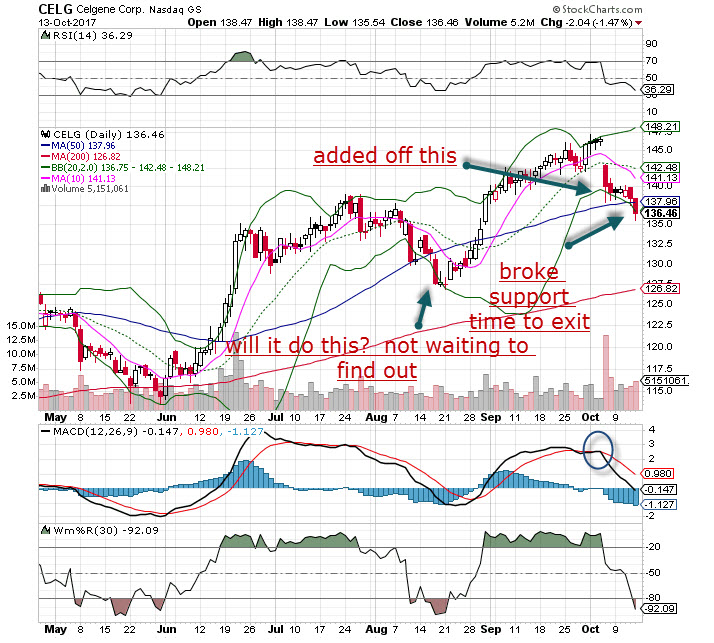As an options buyer, time is of the essence. The leverage from options is amazing, and if timed right some very large returns can be made, but if you're not quick on the trigger those gains can turn into losses very quickly. What's nice (and not so nice) about this market is low volatility, the VIX has spent a great deal of time around the 10% area, which is unprecedented. The unknowns of how this resolves are out there, and many believe the VIX will revert to the mean at some point, rise up and punish those who have been short volatility for a long while (and making big money doing it).

For me, the combination of chart analysis with option probability odds/statistics is a formidable duo that not only gives me a view of what is happening now, but also what we can expect to occur in the future. It's always about timeframe, and with options my window is very short term, two weeks to two months. It is my analysis of the chart patterns presented and then a trade analysis that gives me a combination to put a trade on and let it work.
I am what many consider a swing or position trader, preferring to let trades work, fulfill a price move or an objective on the option price that is satisfactory. However, the trades may not (and usually do not) start off fast right off the bat. My trade ideas are 'mostly' at the money plays with very little speculation other than a small percentage out of the money, meaning I am not looking for a huge move to have these pay off.
Why is that? Well, we go back to the volatility explanation above, options are cheap right now with the VIX around 10%. That means the expectation for market movement is quite small, but we are in an ideal stock picker's environment. I don't have to go too far out on the risk curve to make a decent return in these conditions.
I will let the chart/technicals give me the clues about leaving a trade or not. Recently, we had a play on Netflix (NASDAQ:NFLX), we bought the Dec 190 call at 8.40 as the stock was flirting with the 20 ma and 50 ma, two areas of strong support. Naturally, the option lost some value (this was all time decay, at the time Netflix was trading at 179 or so). There was nothing wrong, the stock just had not moved yet! So we waited for it. We took more time on this one, giving us a wider berth to be 'wrong' for a short period of time and to really let it work. We didn't panic, the stock bolted higher, we ended up selling this option last week at 15.2 for a nice winner. Patience pays off.
Quite often I will make a play and after a couple of days the play is down, maybe 25-30%. Most would just cut bait and move on, however I need to analyze this more carefully to see if there is truly a reason to move on. My first look as to the chart, and if there is a breakdown that happened I didn't expect. If so, it's time to exit. This happened last week on a play we made on Celgene (NASDAQ:CELG), where we bought the Nov 140 calls at 4.25. After falling through the bollinger bands and closing near lows, it was time to cut and leave, and you can see that clearly on the chart below.
hear from many who are a bit tight with their stops, being hard or mental. Taking a 10-20% gain is nice, but are you leaving money on the table? Remember, you have 'options with options', so don't give up your leverage or advantage. I encourage you to take a look at the charts when you play options, I teach how to analyze these in tandem in my coaching/mentoring sessions.